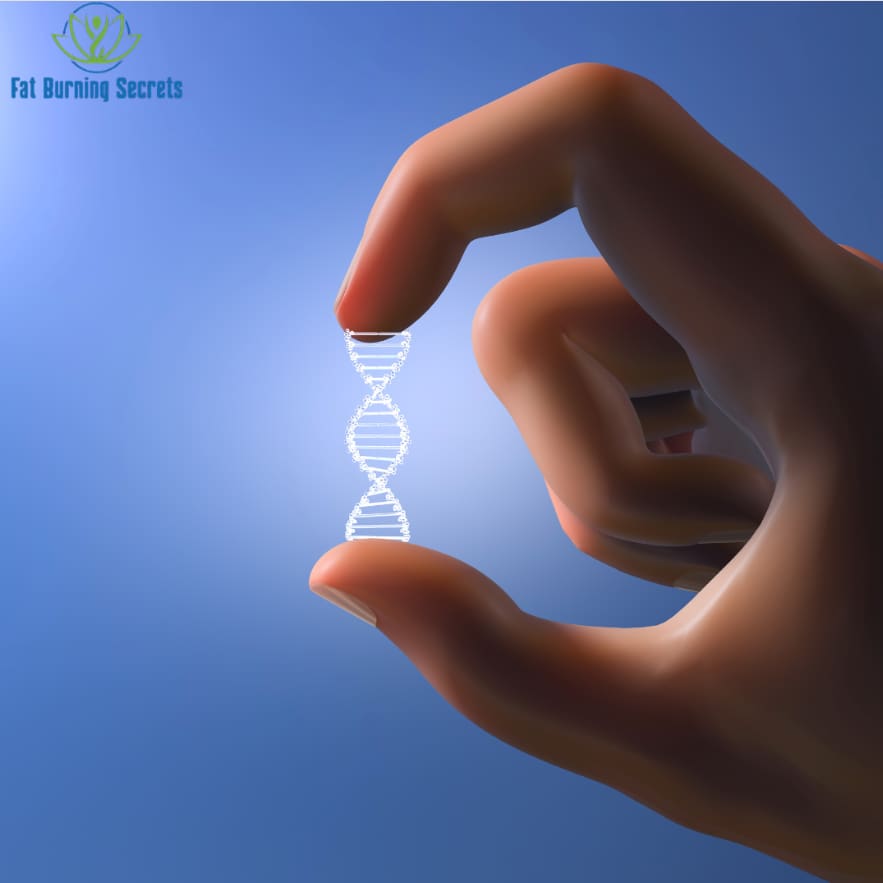In the intricate tapestry of life, our genetic code serves as the blueprint that shapes our existence. But beyond the straightforward inheritance of traits lies a fascinating phenomenon known as epigenetics. This article delves into the depths of epigenetics, unraveling its definition, exploring its significance, and shedding light on the mechanisms that orchestrate gene expression. From the foundation of the epigenetic definition to its real-world implications, let’s embark on a journey into the hidden dimensions of our genetic makeup.

Defining Epigenetics: Unveiling the Blueprint of Expression
At its core, epigenetics refers to the study of heritable changes in gene expression that occur without any alteration in the DNA sequence itself. While our genetic code remains constant throughout our lives, epigenetic modifications act as the conductors that determine which genes are activated or suppressed. This dynamic process is essential in regulating cellular differentiation, development, and responses to environmental factors.
A Closer Look at Epigenetic Modifications
The term “epigenetic” derives from the Greek prefix “epi,” meaning “above” or “on top of.” Therefore, epigenetic definition is above the genetic code. Epigenetic modifications involve chemical alterations to the DNA molecule or its associated proteins that influence how genes are accessed by cellular machinery. These modifications can switch genes on or off, effectively shaping our phenotype – the observable characteristics that define us as individuals.
Understanding DNA Methylation
In the context of epigenetic definition, one of the most well-known epigenetic mechanisms is DNA methylation. This process involves the addition of a methyl group to specific cytosine bases in the DNA sequence. DNA methylation often leads to the suppression of gene expression, essentially silencing certain genes. It acts as a molecular memory, preserving the instructions for gene activity or inactivity as cells divide and differentiate.
Histone Modification: The Chromatin Code
Histones are proteins around which DNA is coiled to form a structure called chromatin. Histone modifications influence how tightly DNA is wound around these proteins, impacting gene accessibility. Acetylation, methylation, phosphorylation, and other modifications dictate whether a gene is accessible for transcription or remains dormant. This dynamic interplay creates an intricate regulatory network within our cells.

Non-Coding RNAs: An Epigenetic Symphony
Beyond DNA and histones, epigenetic control also extends to non-coding RNAs (ncRNAs). These molecules do not code for proteins but play pivotal roles in gene expression regulation. MicroRNAs, for instance, can bind to messenger RNAs (mRNAs), inhibiting their translation into proteins. This layer of control adds depth to the complexity of epigenetic regulation.
The Role of Epigenetics in Health and Disease
The epigenetic landscape plays a crucial role in health and disease. Aberrant epigenetic changes have been linked to various conditions, including cancer, neurodevelopmental disorders, and metabolic diseases. Epigenetic alterations can result from factors such as exposure to environmental toxins, diet, stress, and even social experiences. These changes can be reversible, offering potential avenues for therapeutic interventions. See my post on What is the Placebo Effect?
Powerful Mind ebook by Richard H. Webb
Unlock the Unstoppable Potential of Your Strongest Mind with ‘Powerful Mind.’ Dive into the world of transformative possibilities as this eBook guides you through harnessing the incredible strength of your mind. This comprehensive guide offers actionable insights to reshape your mindset, fostering profound growth and self-empowerment.
$14.99
Epigenetics and Personalized Medicine
The dawn of epigenetics has ushered in a new era of personalized medicine. By understanding an individual’s epigenetic profile, medical professionals can tailor treatments to address specific genetic susceptibilities. This approach not only enhances treatment efficacy but also minimizes adverse effects, leading to more precise and targeted medical interventions.
Defining Epigenetic: A Gateway to Understanding
When we define “epigenetic,” we peer into the intricate web of gene regulation that shapes our lives. It’s a process that extends far beyond the static DNA sequence, unveiling the dynamic interplay between genes and the environment. By recognizing the influence of epigenetics, we embrace a new perspective on the malleability of our genetic destiny and the potential for interventions that can reshape our health trajectories.
Conclusion: Deciphering the Epigenetic Code
As we conclude our exploration of the epigenetic definition, we uncover the intricate layers of gene regulation that govern our existence. Epigenetics transcends the traditional boundaries of genetics, providing insights into the plasticity of our genetic blueprint. The interplay between epigenetic modifications, DNA methylation, histone alterations, and non-coding RNAs orchestrates a symphony of gene expression that shapes who we are and who we become. Embracing the significance of epigenetics broadens our understanding of the profound interplay between nature and nurture, offering a glimpse into the untold stories written within the folds of our DNA.
In the grand narrative of life, epigenetics emerges as the conductor that orchestrates the delicate balance between our inherited genetic code and the dynamic influences of our environment. As we continue to unravel its intricacies, we stand on the brink of a new era of understanding – one that holds the potential to reshape our approaches to health, disease, and human potential.
As a side note, we have Earnest Everett to thank for epigenetic studies. He started the movement in the early 20th century and is considered the father of epigenetics.



